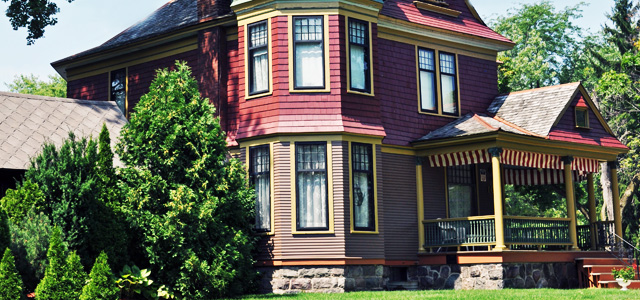Torontonians have had a rough year, weather-wise. First, there were the heavy snows of February and March which hung around far into April; then there was the “storm of the century” in July, and now we have unseasonably cold weather with the first snow during late Fall. The weather gods have gone crazy, clearly. And with the City’s housing market expected to grow by 1.5% in 2014, you might be thinking about selling your current home and upgrading. If that’s the case, it’s wise to make sure your basement waterproofing is adequate before putting your property on the market, so that your buyer can be sure there’ll be no after-effects of the wettest summer on record.
Developing a Leaky Basement
Toronto has the ideal conditions to create leaky basements, with its wet weather, aging foundations and the typical freeze/thaw cycle we get in winter. This causes the building and the surrounding earth to expand and contract constantly, which opens up existing cracks and joints. During winter, ice builds up in the pipes and drains, as well as on the roof. When it melts, it drains away alongside the house and often lands up in the foundations. Unless your basement waterproofing is sound, all that water ends up working its way in and causing you a huge problem in spring.
Identifying the Leaks
Some leaks are easy to identify simply by seeing them. Others, not so much. Leaks inside the foundations may not yet be visible from the basement, but that doesn’t mean they aren’t there waiting to wreak havoc the moment it’s least convenient! Some ways of identifying leaky foundations are:
- Infra-red thermal imaging. This works by using thermographic cameras to detect leaks based on radiation caused by various temperature differences. Water is typically cooler than most surrounding materials and that shows up on the film, highlighting areas where the presence of water exists.
- Ground-penetrating radar. This is used mostly to identify water leaking into foundations outside the home, which haven’t yet reached the basement. The science works by using mobile equipment to pass over the surface of the surrounding earth and transmit high-frequency sound waves through it. These waves signal the depth (and density) of the dirt by when the waves “bounce” back to the receiver.
In most cases, homes in Toronto get foundation repairs only after the damp has become an obvious problem, discovered by the growth of mildew on the walls or water damage to furnishings in the basement.
Basement Waterproofing Methods
There are several methods of protecting your home against this kind of water damage. Exterior waterproofing is your best bet for stopping the problem in its tracks, but it’s not always easy with a basement surrounded by saturated earth. It may be necessary to excavate the foundations from the outside and purge the moisture from the saturated earth. This is followed by coating the walls outside with a membrane or waterproof emulsion or treating with a parging cement.
Interior waterproofing involves the installation of a plastic membrane or coating the inside surface of the walls with a waterproof emulsion. This is a good addition to the process because it provides an extra layer of protection, but it’s seldom enough to resolve the problem on its own so it’s usually combined with a primary method such as exterior work or the installation of “weeping tiles” that carry water away from the structure of the home.
Whatever method of basement waterproofing you need, it’s best to do it well before putting your home on the market. That way, you increase the value of the home and can assure potential buyers that Toronto’s basement flooding problems won’t be something they’ll have to deal with.

